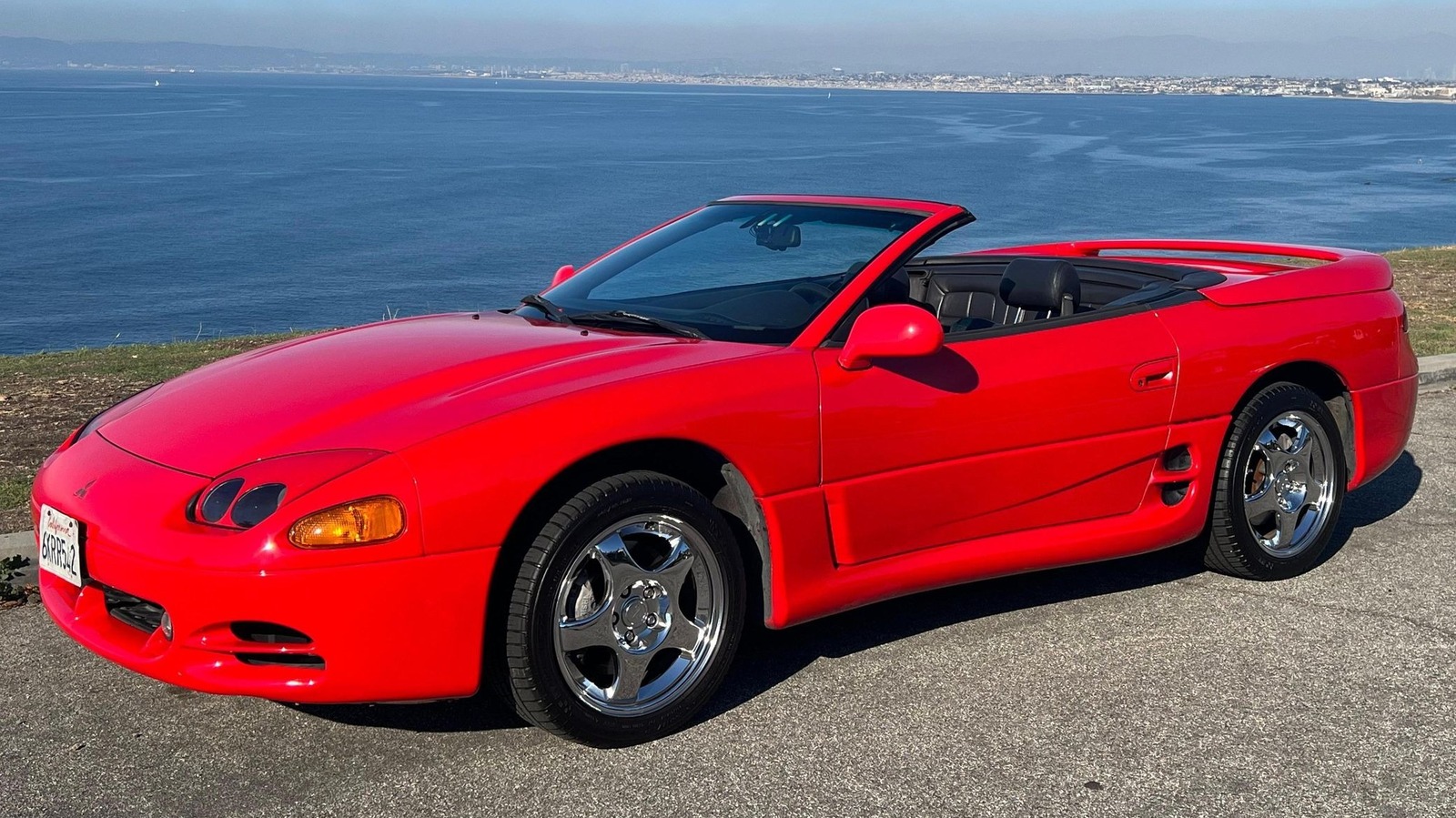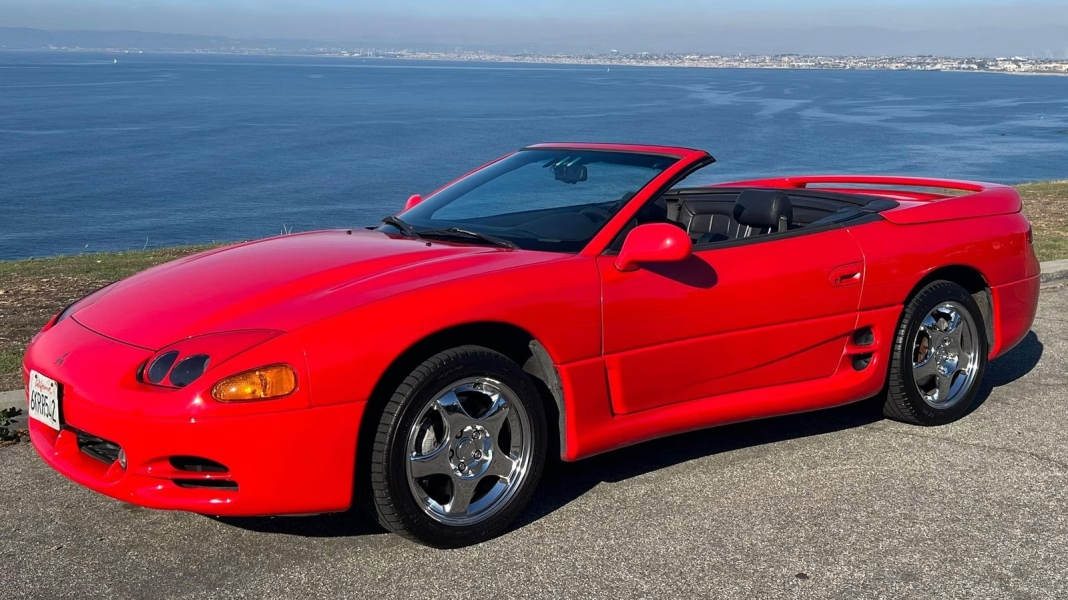Why Does the Mitsubishi 3000GT VR-4 Spyder Still Command Such High Prices?
Let’s get right to it: the Mitsubishi 3000GT VR-4 Spyder isn’t your everyday used car. Even with a few extra digits on the odometer, these rare convertibles keep fetching eye-watering prices. So, what’s behind the enduring appeal—and the hefty price tag—of a 30-year-old sports car with a power retractable hardtop?
What Makes the 3000GT VR-4 Spyder So Special?
First off, rarity plays a huge role. Mitsubishi only produced the VR-4 Spyder for two model years in the mid-1990s, and fewer than 1,500 units ever made it to U.S. roads. That’s a drop in the bucket compared to other Japanese sports cars of the era. But scarcity alone doesn’t tell the whole story.
This car was a technological marvel for its time. The VR-4 trim came loaded with twin turbochargers, all-wheel drive, four-wheel steering, and—most notably—a power retractable hardtop. In the mid-90s, that was the stuff of science fiction. Even today, fully automatic hardtops are rare, and the Spyder’s mechanism still draws crowds at car shows. The engineering complexity is part of its mystique, and for many enthusiasts, that’s worth a premium.
How Does High Mileage Affect Value?
You might expect high mileage to send prices tumbling, but that’s not always the case here. Sure, a low-mileage example will always fetch top dollar, but even well-driven Spyders hold their value surprisingly well. Why? Because collectors and fans know these cars were often driven and maintained by passionate owners. Maintenance records, originality, and the condition of that intricate roof system matter more than the odometer alone.
According to recent auction data from Bring a Trailer and Hagerty, clean VR-4 Spyders with over 100,000 miles can still sell for $40,000 or more. That’s a testament to both their desirability and the robust engineering that keeps them on the road decades later.
Are There Any Downsides to Owning One?
Let’s be honest: the 3000GT VR-4 Spyder isn’t for the faint of heart. The power retractable hardtop is a marvel, but it’s also a potential headache if neglected. Replacement parts are scarce, and repairs can get expensive fast. The car’s complexity—twin turbos, AWD, four-wheel steering—means you’ll want a specialist mechanic on speed dial.
And then there’s the price. Even with higher mileage, you’re looking at a significant investment. For many buyers, the cost is justified by the car’s rarity and engineering, but it’s not a decision to make lightly.
What Should Buyers Look Out For?
If you’re tempted to hunt down a VR-4 Spyder, keep a few things in mind. First, check the operation of the hardtop—any hesitation or strange noises could spell trouble. Look for comprehensive service records, especially for the roof, turbos, and drivetrain. Don’t be afraid to walk away if something feels off; patience pays off in the long run.
It’s also worth joining owner forums or local clubs. These communities are goldmines for advice, parts sourcing, and trusted mechanics. A little research goes a long way toward making sure your dream car doesn’t become a money pit.
Why Do Enthusiasts Still Love This Car?
Ask any owner, and you’ll hear the same thing: the 3000GT VR-4 Spyder is pure fun. The combination of open-air driving, turbocharged power, and all-wheel grip creates an experience that’s hard to match—even by modern standards. It’s a car that rewards attention to detail and rewards its driver with every mile.
The big takeaway? Chasing a 3000GT VR-4 Spyder isn’t about finding perfection—it’s about making smarter choices and embracing the quirks. Start with one careful inspection or a chat with an experienced owner this week, and you’ll likely spot the difference in your confidence by month’s end.


